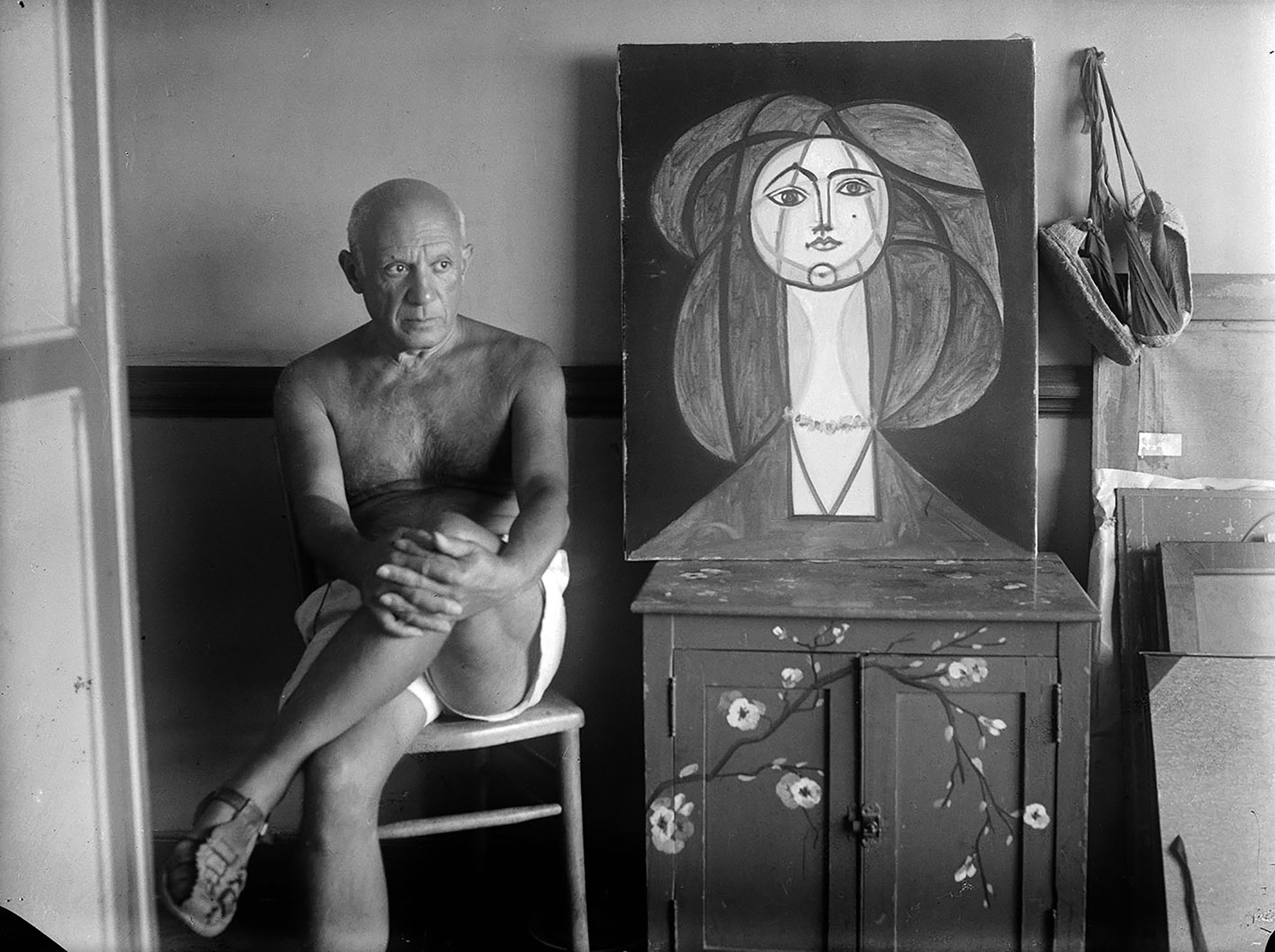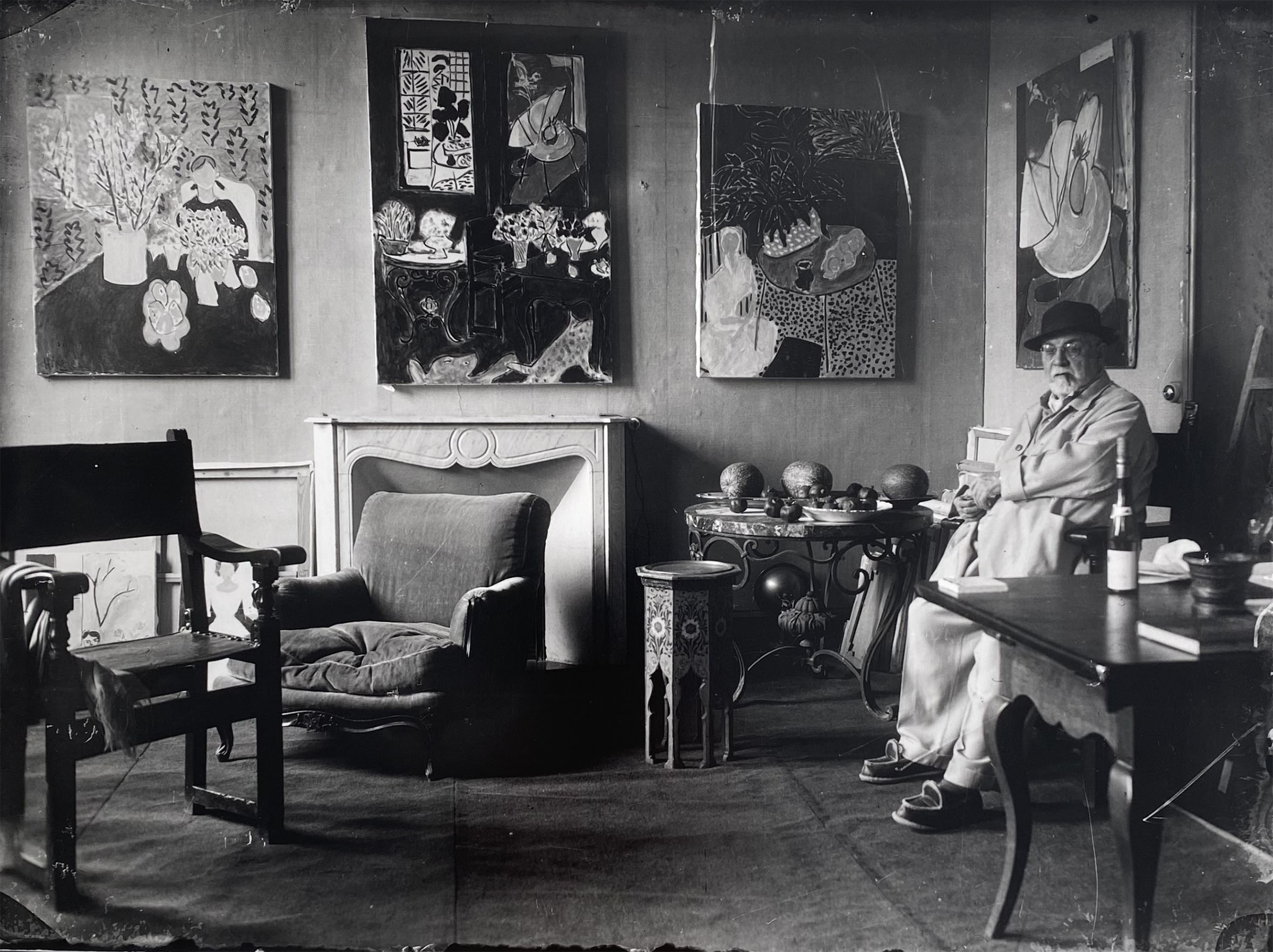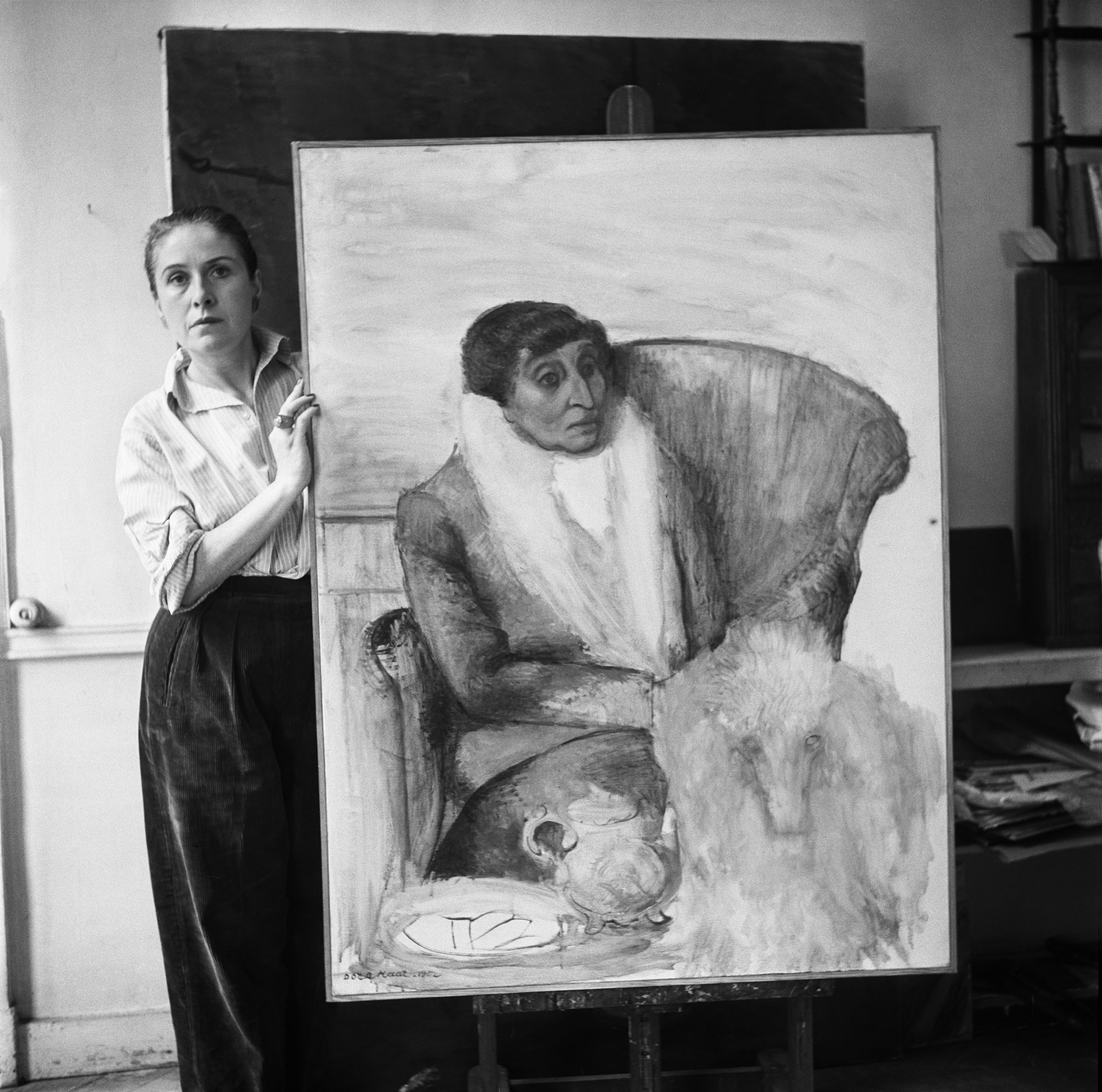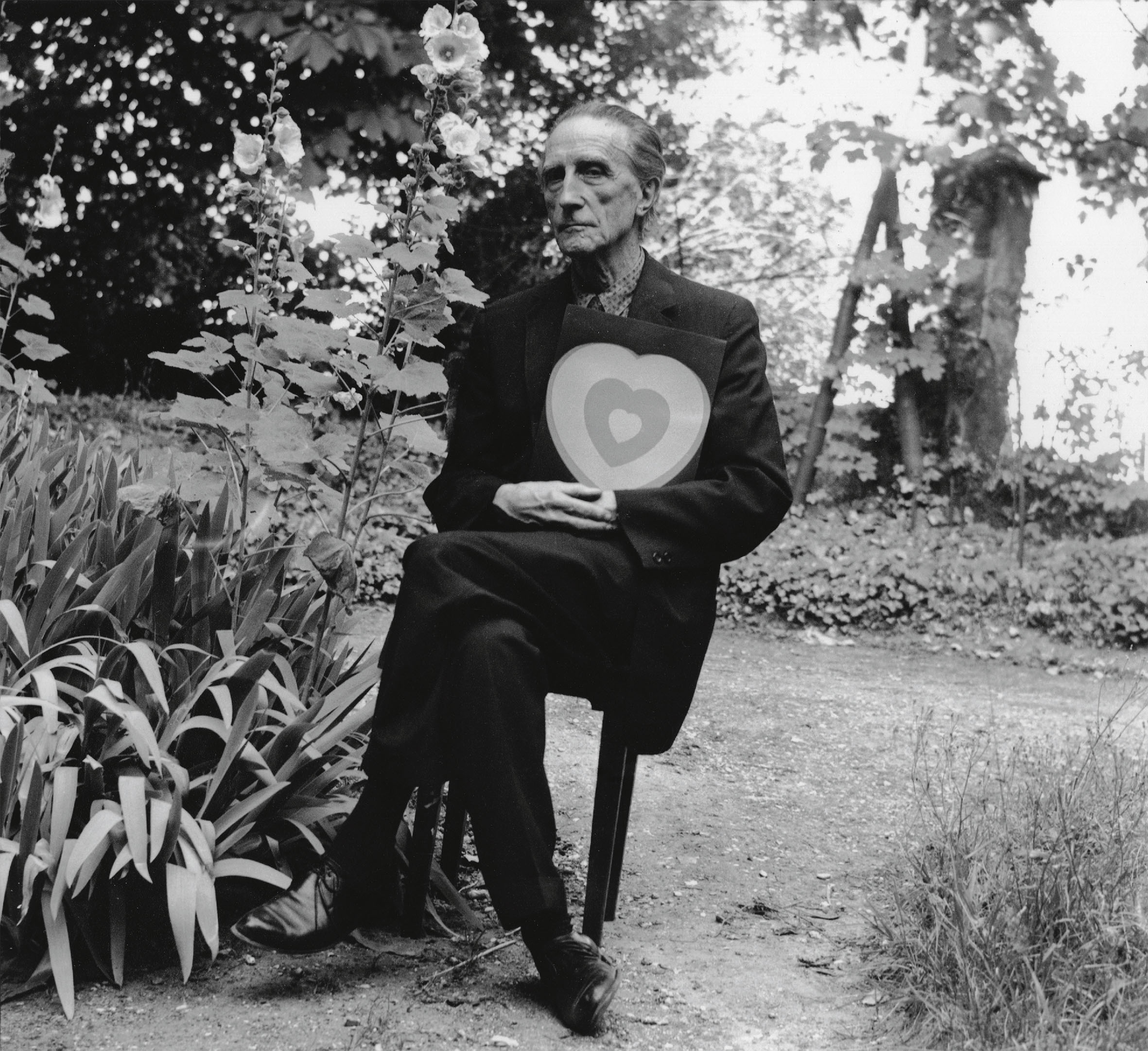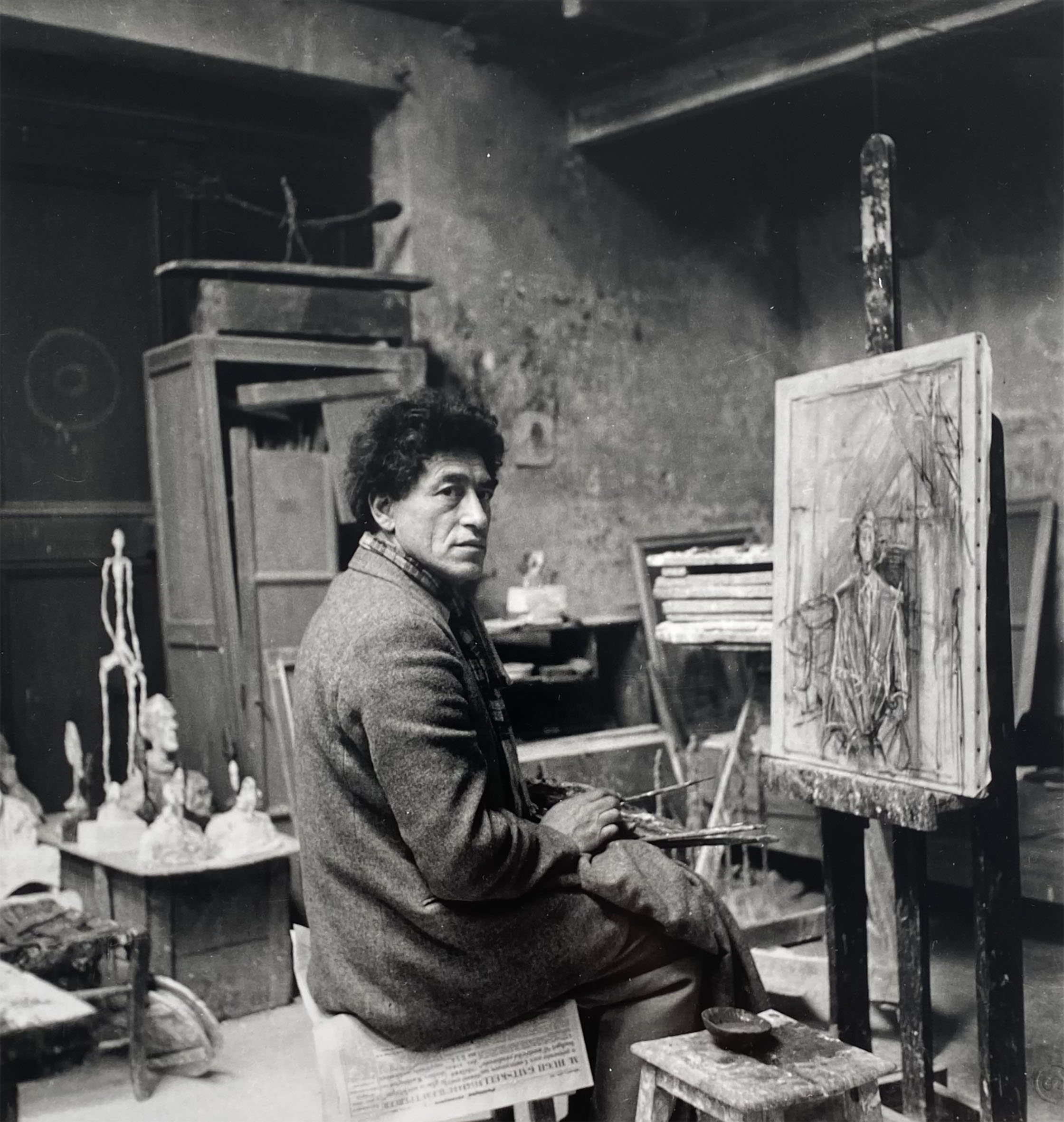Translation:
On the occasion of Michel Sima’s first exhibition at the gallery, about twenty portraits of artists will be presented, including Pablo Picasso, Henri Matisse, Marcel Duchamp, Joan Miró, and Dora Maar. These photographs, both sensitive and intimate, immortalize the iconic figures of modern art and bear witness to the artistic life in Paris during the 1950s. Through his lens, Michel Sima thus asserts himself as the privileged witness of this flourishing era.
“Is there a moment when the world becomes so difficult that life becomes impossible? Does the creative act itself allow us to continue and save ourselves?
In the late 1940s, as the horrors of World War II were coming to an end, the German philosopher Theodor Adorno responded by declaring that artistic creation was impossible after such a civilizational rupture. Could Michel Smajewski, known as Sima, prove the contrary?
Michel Smajewski returned to France in 1945 after spending three years in concentration camps. Welcomed by his friend Romuald Dor de la Souchère, curator of the Château Grimaldi, he gradually regained his physical health, though he could not resume his sculpture practice. He then began photographing his surroundings, encouraged by his artist friends, as in essence, photography and sculpture are connected; not only do they reproduce reality, they immortalize it.
Sima quickly became a privileged witness to the post-war artistic effervescence, closely associated with the artists of the École de Paris. He produced unique portraits of his peers, and it is for this reason that he adopted the artist name Sima, an anagram of Amis (Friends), as suggested by Paul Eluard.
And if Sima, the artist, seems to fade in the presence of all the major figures of the 20th-century Parisian scene, a careful reading of his photos reveals an incredible power. It is as if the subjects of his portraits were staged for the artistic purpose of the photographer, thus engaging in the photographic exercise or the mise en abyme of living images.
The friendship between Sima and these artists is certainly the catalyst that allowed the gentle yet powerful portrayal of a generation, far from academic debates on art. Sima leaves us with a testament to his life drive after experiencing the worst. And he raises a resolutely contemporary question about those who return from horror, who become our friends, and the importance of their perspective on the world.”
( Text by Fabienne Martin, Artistic Director of the Michel Sima Photographic Collection )

